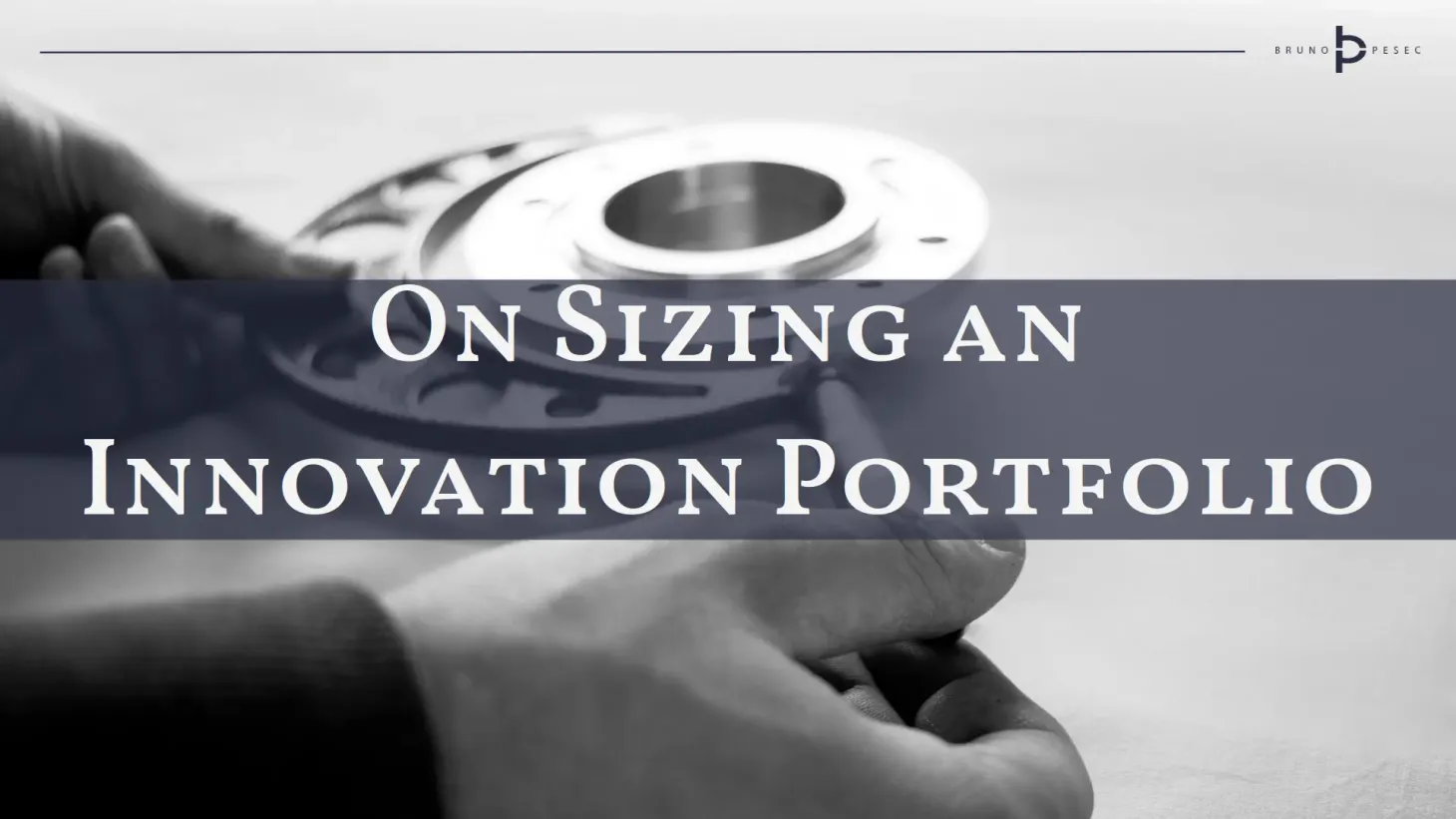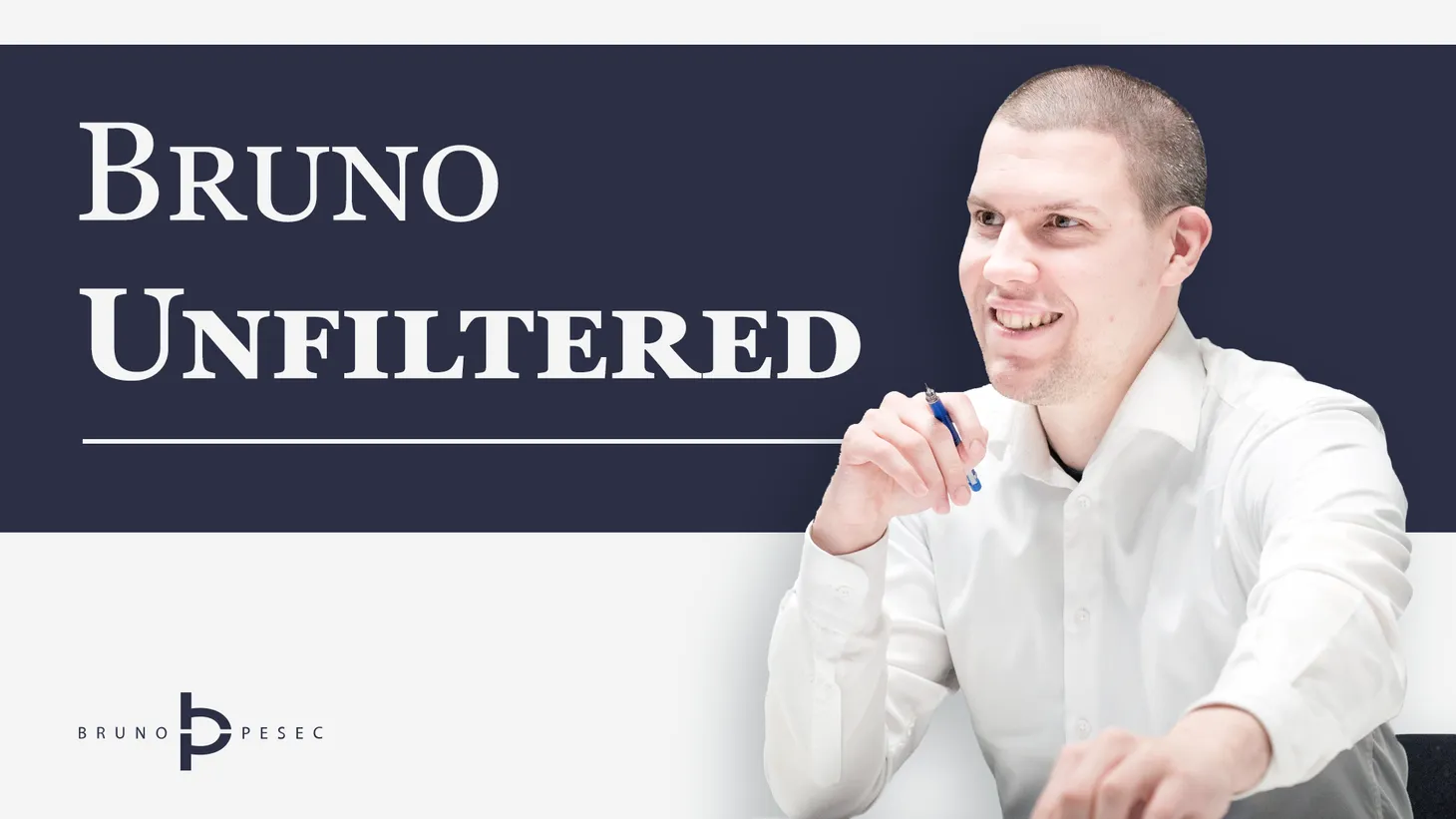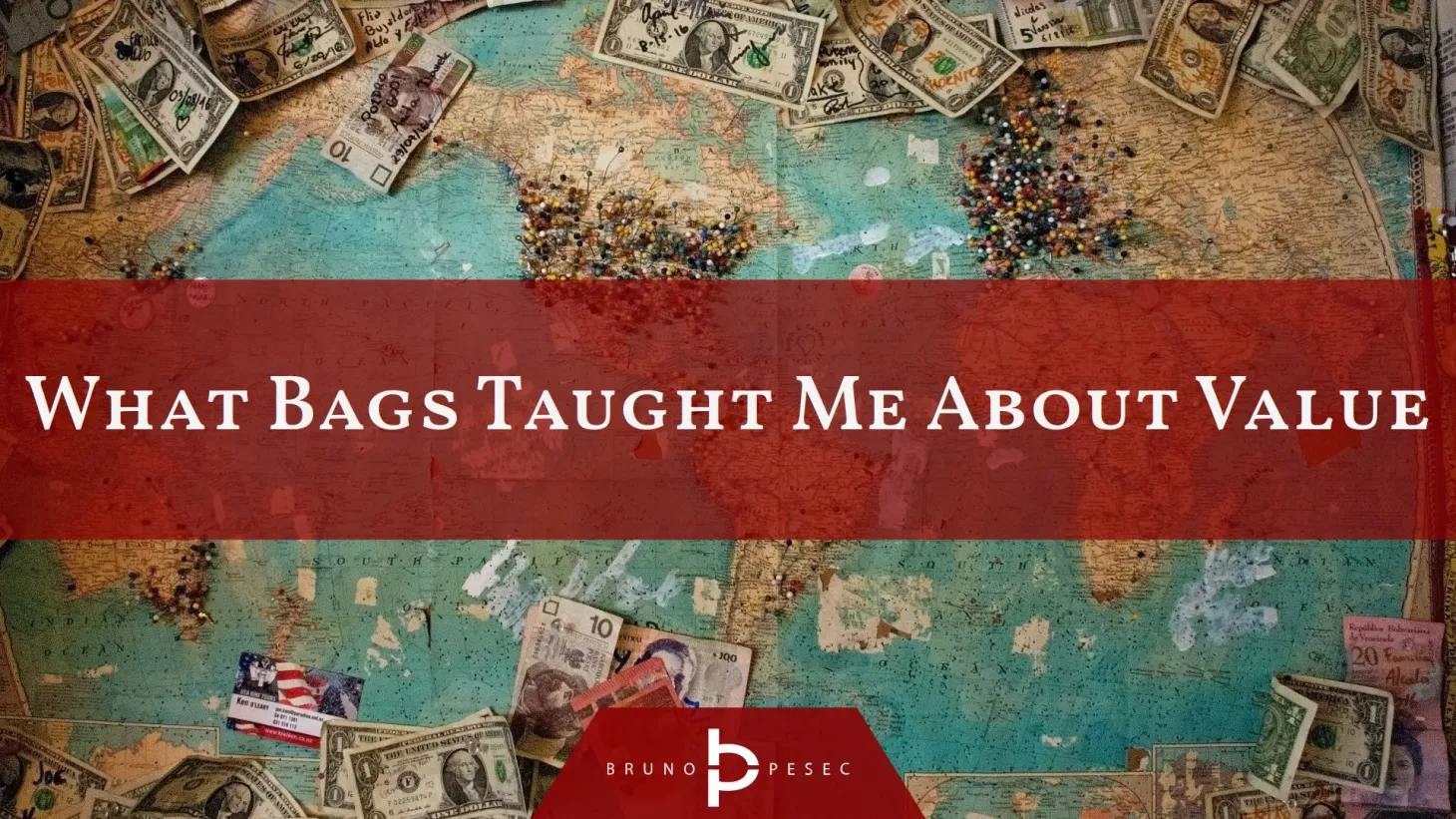The price of ambiguity
Embrace uncertainty, purge ambiguity.
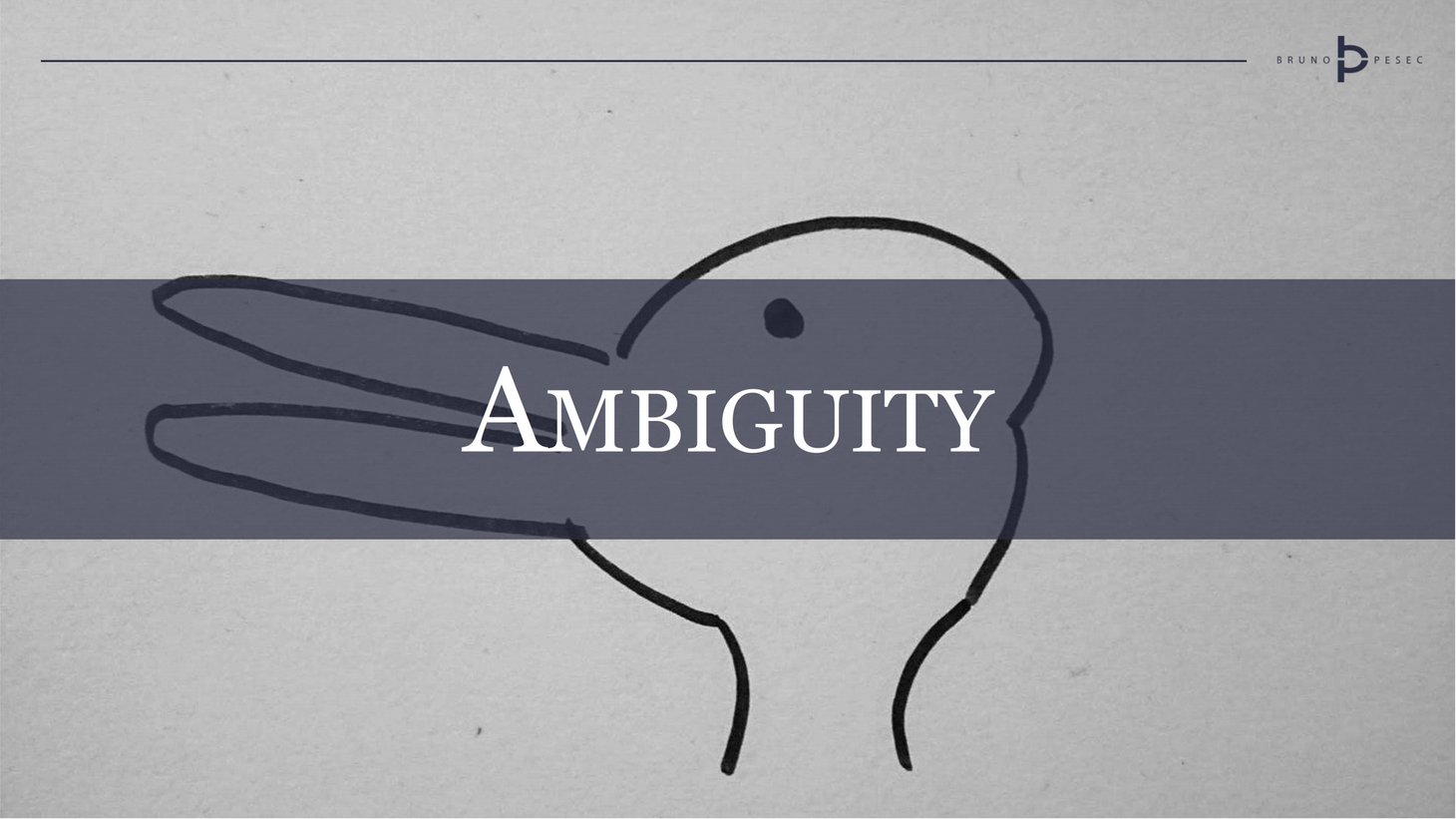
What do you see in the illustration?
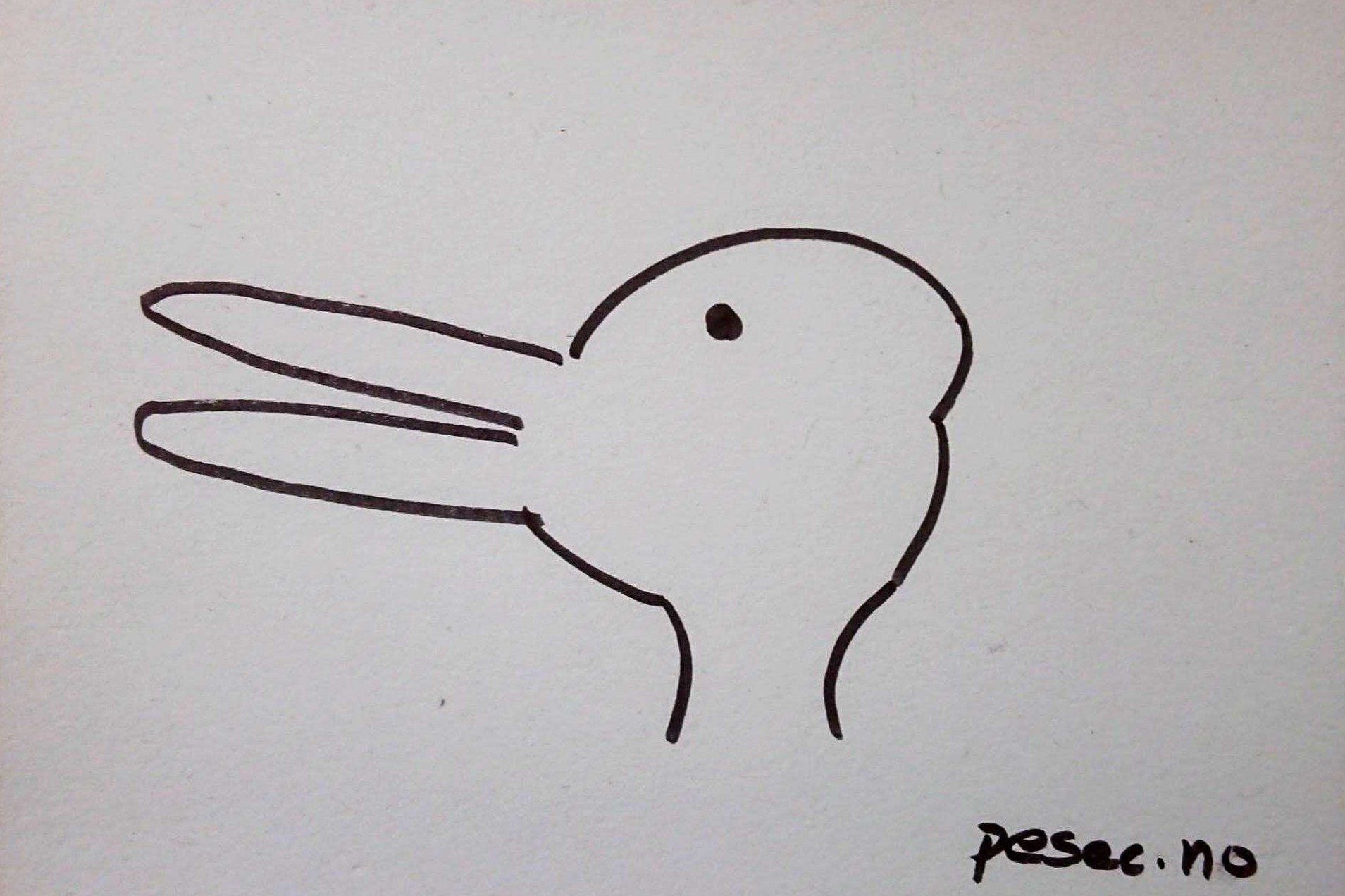
Now show it to someone else.
What do they see?
Here are possible answers:
- A duck.
- A rabbit.
- A duck and a rabbit.
- Nothing, everything is meaningless, and this illustration represents an unadulterated Nietzschean void.
This ambiguous drawing first appeared in 1890s, and was popularised by Ludwig Wittgenstein. Study by Richard Wiseman, Caroline Watt, Kenneth Gilhooly, and George Georgiou found that those who are able to see both duck and rabbit are able to come up with more novel solutions than those who only see duck or rabbit.
Unacceptable ambiguity
In the business world ambiguity can manifest in a number of ways. Here are two examples where ambiguity is both unacceptable and a red flag.
If your employees give duck-rabbit responses to your strategy.
Those that have created the strategy have been through all the analyses and all the discussions that’ve lead to the final strategy document, and have much broader context and deeper understanding than the rest of the organisation.
In other words, they suffer from the curse of knowledge.
Ambiguity is not the same as uncertainty. Strategy should be ruthless to the former, but accommodating of the latter. It should be clear and understandable by everyone in the organisation.
Employees are the users of the organisation’s strategy, so why not test it with them?
If your managers and leaders are consistently using vague and ambiguous statements.
In my experience, ambiguity in expressing oneself in the business context can be attributed to one of the following: (i) ignorance, (ii) trauma, or (iii) insidiousness.
Ignorant leaders can be coached, and traumatised leaders can be healed.
Former might be ambiguous in their communication because they haven’t clarified their own thoughts, or because that’s how they’ve learned to communicate.
Latter were heavily punished for a minor issue, and are now using doublespeak as a defensive mechanism. If something goes bad, or they get criticised, they can deflect by pointing out that’s not what they meant.
Insidious leaders use doublespeak as a rhetorical device to achieve their results. Unlike traumatised leaders, they use it to entrap and beguile others. They’ve found so much success with it that they’ve started to use it subconsciously.
If you have those in your organisation they need to be urgently coached or fired, else you are risking a festering wound.
Growth, innovation, and ambiguity
Innovation itself is an ambiguous word. Luckily, the solution is rather simple.
Define innovation in your own organisation however you like. Yes, however you like. There are no professors that will come to examine you.
What’s most important is that everybody in your organisation agrees upon what innovation means.
You are welcome to use a definition I propose here and here.
Once you have defined innovation, make sure that your strategy is clear in terms of innovation and growth:
- What is an acceptable direction?
- Where, what, and how does the company what to innovation?
- What is the company willing to invest in?
- What is off the table?
- Is the strategy clear to everybody?
- Is it available to innovators in your organisation?
Embrace uncertainty, purge ambiguity.
A tale of waste
A team was preparing a proposal for their senior management. A piece of technology was about to be decommissioned, and they were working on a plan to replace it.
To ensure they develop the best solution they were running weekly interviews with both customers, and other departments within the organisation.
They were reporting to their managers (matrix organisation) on a weekly and monthly basis. Since their project was not a high-priority, they had six months before presenting to the senior management.
Few weeks before the date they started practising their pitch, asking different managers for feedback, tweaking their slides and numbers.
On the day of the presentation everything went smooth, presentation was done perfectly to the minute, proposal was crisp and clear, and the case was attractive.
When it came to Q&A part, one of the executives divulged that they’ve made a decision to go with a specific supplier four months ago. Team was perplexed, and so was their reporting manager.
It turned out that executive did in fact share the decision with his peers months ago, but used such ambiguous language that even other executives were surprised to hear that this was a decided matter.
In other words, the team was just informed that they've spent seven months of their life working on something that doesn’t matter.
And that is the true price of ambiguity.
Duck-rabbit illustration by Bruno Pešec is licensed under CC BY-ND 4.0. Illustration is based on the drawing Kaninchen und Ente from the 23 October 1892 issue of Fliegende Blätter.
Bruno Unfiltered
Subscribe to get the latest posts delivered right to your inbox. No spam. Only Bruno.


